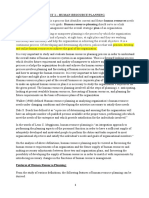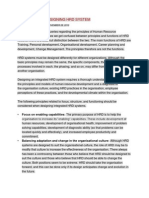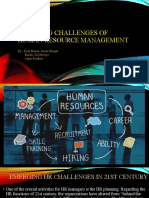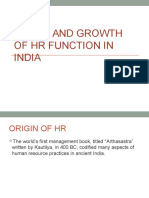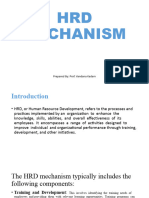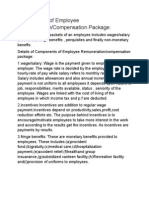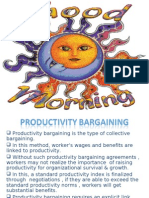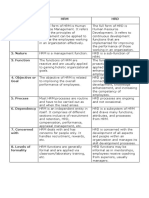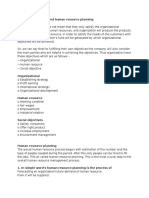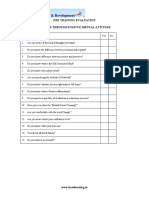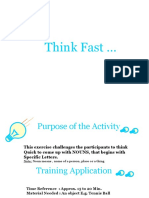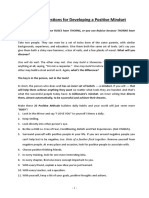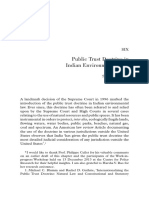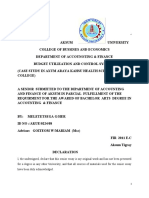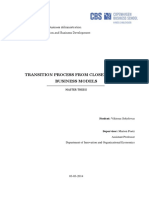88% found this document useful (8 votes)
15K views2 pagesFactors Affecting Human Resource Plans
External factors like government policies, economic development levels, technology advances, and business environment influence human resource planning. International factors and demand for human resources across countries also impact planning.
Internal factors consist of company strategies, human resource policies, job analyses, production policies, information quality, and union influences. Organizational growth cycles at different stages require adjusting human resource needs and planning accordingly. Planning time horizons depend on competitive stability and changes in social, economic, and demand conditions.
Uploaded by
vishuCopyright
© © All Rights Reserved
We take content rights seriously. If you suspect this is your content, claim it here.
Available Formats
Download as DOCX, PDF, TXT or read online on Scribd
88% found this document useful (8 votes)
15K views2 pagesFactors Affecting Human Resource Plans
External factors like government policies, economic development levels, technology advances, and business environment influence human resource planning. International factors and demand for human resources across countries also impact planning.
Internal factors consist of company strategies, human resource policies, job analyses, production policies, information quality, and union influences. Organizational growth cycles at different stages require adjusting human resource needs and planning accordingly. Planning time horizons depend on competitive stability and changes in social, economic, and demand conditions.
Uploaded by
vishuCopyright
© © All Rights Reserved
We take content rights seriously. If you suspect this is your content, claim it here.
Available Formats
Download as DOCX, PDF, TXT or read online on Scribd
/ 2




